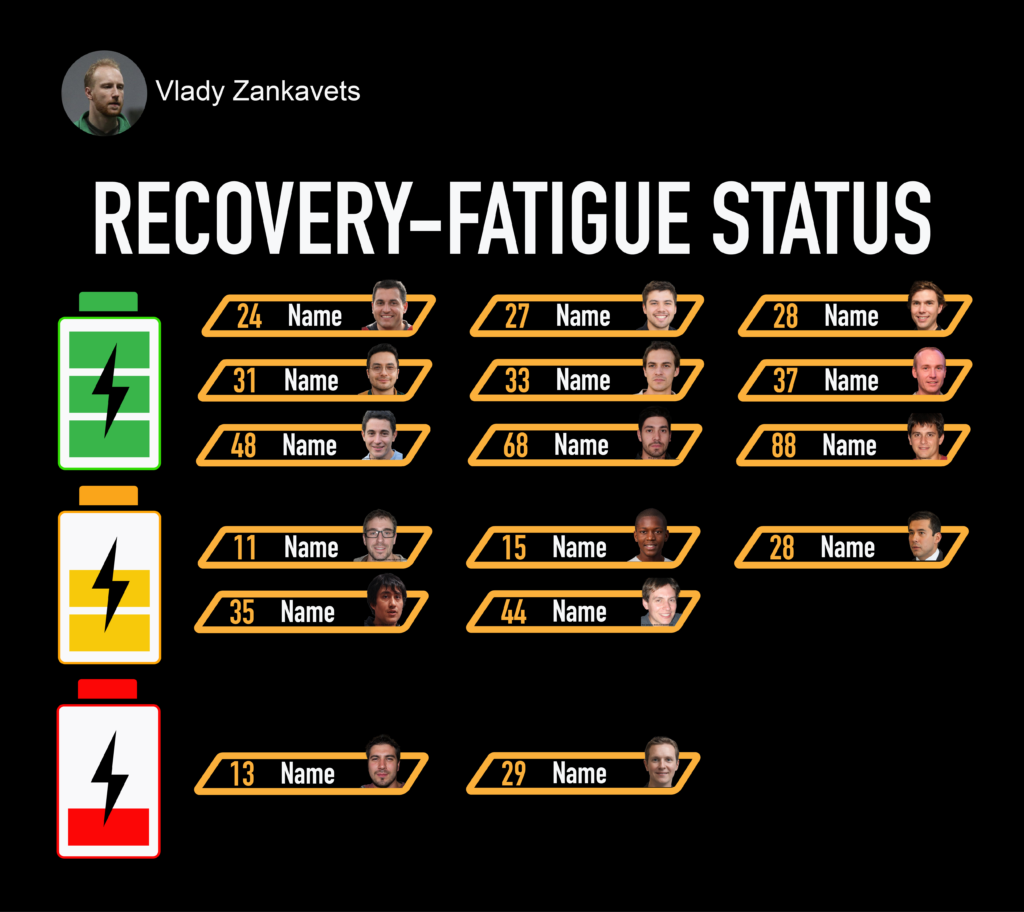
October 3, 2024
An approach to monitoring the recovery-fatigue status
An approach to monitoring the recovery-fatigue status
An efficient training process involves management of the load based on objective information regarding the recovery-fatigue status of the athletes.
In professional sports, such methods as CMJ, isometric strength, sprints, etc. are used as fatigue monitoring means. Their advantage is that they reflect the athlete's ability to manifest various aspects of performance: speed, strength, and power. At the same time, these tests also have disadvantages: the need to put in physical all-out effort, which is associated with the risk of injury, and the influence of motivation on the result.
In order to obtain objective information regarding the athletes’ recovery-fatigue status and avoid the cons listed above, biochemical blood testing could be implemented (picture 1) [1, 2, 3]. This is particularly useful during the busy in-season competition schedule.

What do the results reflect?
Interpreting the results, we divide the players into 3 groups (picture 2).

Group 1: athletes with all indicators normal (see reference values) are fully recovered. They can effectively work on maintaining/developing physical fitness.
Group 2: athletes with 1 of the indicators above normal have residual signs of fatigue. To help them recover, the training volume should be reduced.
Group 3: athletes with 2+ indicators above normal are significantly fatigued. If it is impossible to provide additional rest, it is necessary to replace the speed-strength type of physical load with an aerobic one in HR zone 1 (50-60% of HRmax ) [4].
Thank you!
References:
1. Rybina, IL, Gunina, LM. Laboratory markers for monitoring and controlling the training process of athletes: science and practice [in Russian].
2. Banfi, G, Dolci, A. Free testosterone/cortisol ratio in soccer: usefulness of a categorisation of values.
3. Osorio, JJ, et al. Creatine Phosphokinase and Urea as biomechanical markers of muscle injuries in professional football players.
4. Polar: running heart rate zones. Mode of access: https://www.polar.com/blog/running-heart-rate-zones-basics/?srsltid=AfmBOoodnMOzohA0f4A2jHqGk80vUzVRj3L-Vgja46JNmL888fFXeFcq